On the ridges of Rochebrune
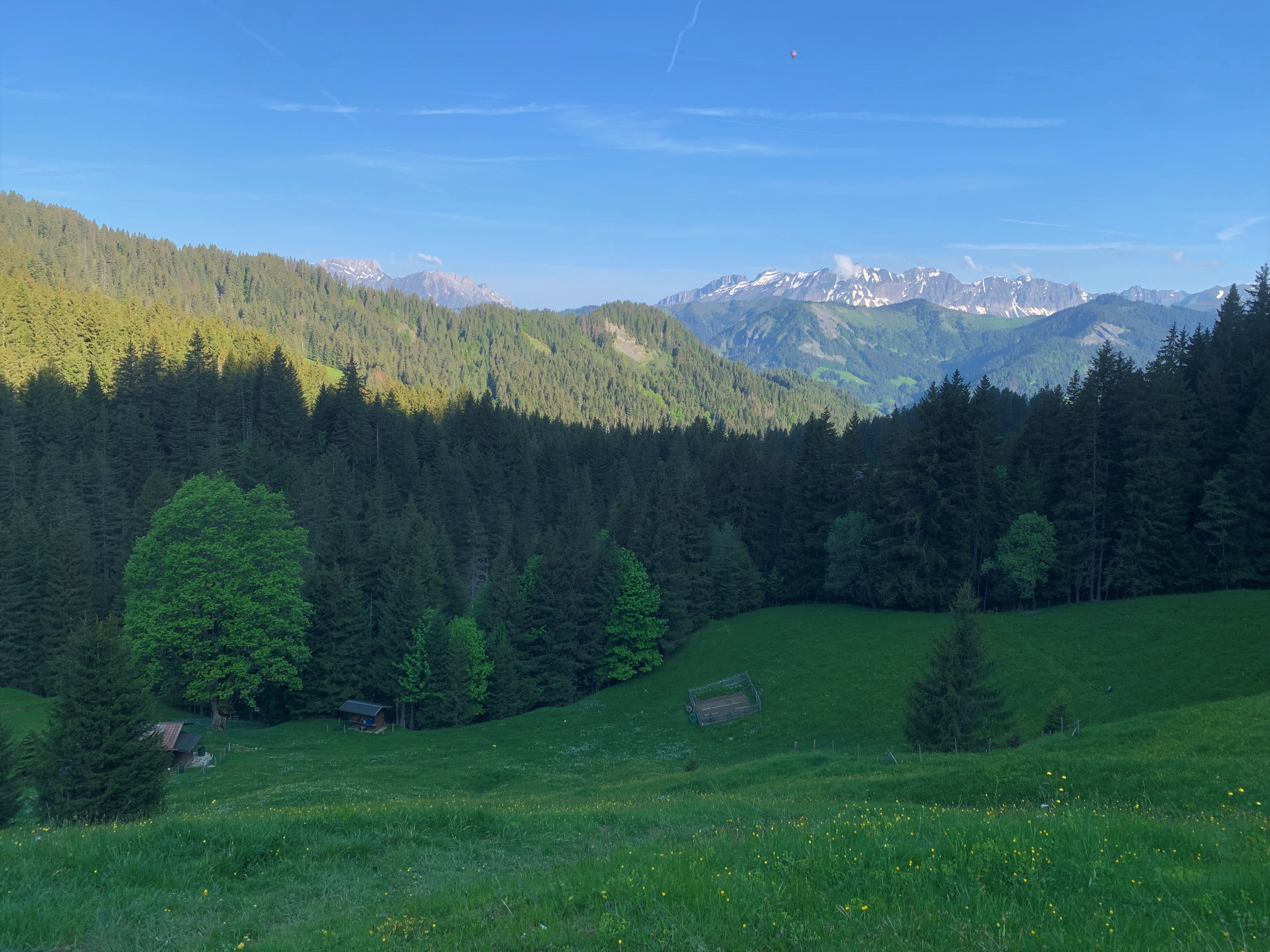
Megève
On the ridges of Rochebrune
Medium
4h
7,9km
+579m
-578m
Embed this item to access it offline
Walk in the forest along a wide trail to enjoy a beautiful view while learning more about ticks and the impact of domestic dogs on wildlife.
Attachment
- Downloadpdf
Sur-les-crêtes-de-Rochebrune
Credit: Points d'intérêts du parcours - Asters-CEN74
4 points of interest
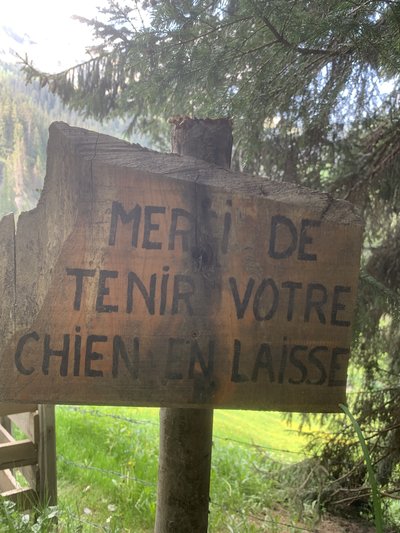
@Asters-CEN74 
Dogs in protected areas
Naturally, we'd love to see our dogs roaming freely in the wild. However, the impact of this unrestrained roaming has an adverse impact on wildlife. The dogs’ presence, their smell, their faeces all negatively impact the environment. Dogs can transmit germs, cause stress to wildlife and destroy ground nests. As a general rule, if your dog is authorised, it must be kept on a leash in natural areas. In Haute-Savoie, only the Contamines-Montjoie and Roc de Chère nature reserves on Lake Annecy allow dogs on leashes. In the mountain pastures, your dog represents a threat and a cause of stress for the herd and the guard dogs.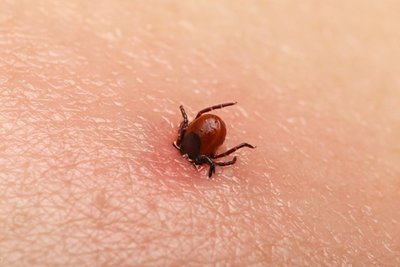
 Fauna
FaunaTick bites
A tick is a blood-loving parasitic mite measuring between one and six millimetres. Ticks are the world's #1 carrier of disease in animals (piroplasmosis) and the #2 carrier of disease in humans ( second only to mosquitoes) with Lyme disease. A tick only becomes a carrier of the disease once it has first bitten an infected animal. Not all ticks are infected; only 10-20% carry the virus. The bite is not painful, as the tick will inject a local anaesthetic. What to do when you're out and about from April to October? 1- Protect your arms and legs and your extremities with long clothing. 2- After an outing, inspect your body thoroughly, especially your armpits, skin folds and scalp. If you spot a tick, remove it quickly with a tick remover, kill it and disinfect the bite only afterwards. 3- If you are bitten, you will need to monitor the bite spot for six weeks, looking out for the emergence of a red ring around the site of the bite. Talk to a doctor.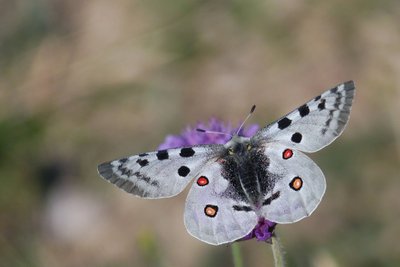
@Asters-CEN74  Fauna
FaunaAs handsome as Apollo
This is a diurnal butterfly (Rhopalocera). It is found in the mountains, in open environments with a fair amount of vegetation. Its caterpillar has a taste for certain succulent plants, while in the fully-grown stage it feasts on the nectar of thistles and other knapweeds. It is beautiful... like a deity, but please be satisfied with just looking at it, as it is an endangered species, protected internationally and in France!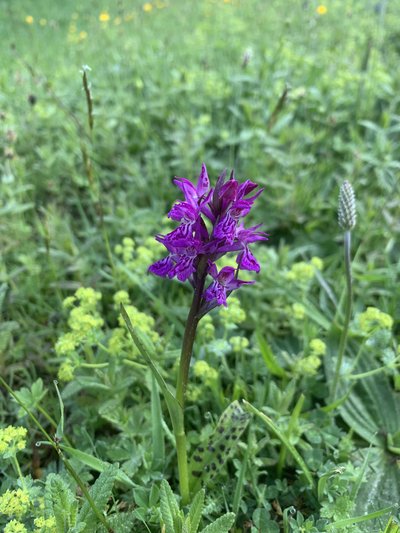
 Flora
FloraOrchids gone wild!
CThe mention of the word "orchids" often sparks a great deal of curiosity, as our French imagination conjures up images of cultivated tropical flowers. However, orchids are found almost everywhere in the world, and constitute the largest family in the plant kingdom, with over 30,000 species. There are 160 species of wild orchid in France. Orchids have adapted to all kinds of environments: Scrubland and maquis: orphys, serapias. Dry grasslands: orphys, orchis. Flood-meadows and marshes: Anacamptis palustris. Forests: helleborine, cephalanthera. Alpine pastures: gymnadenia, globe orchid, pseudorchis albida. If you are lucky enough to come across these wild flowers, please don’t pick them as they are rare. A photo will last forever, but picking it means killing it, weakening the species and preventing other hikers from enjoying it.
Description
From the Leutaz parking area, follow the signs for Sur les prés and Pont de Rego at the bottom of the valley, always going straight ahead. After passing through two mountain pastures, the forest climb will end with a beautiful view of the Sangle and the ridge around the Aiguille Croche (2487m): you've reached Sur les prés. Follow the forest trail to Rochebrune on your left. You're about to cross the summit of the Megève ski resort. At the Alpette Chalet, follow the right-hand track slightly downhill towards Rochebrune. Finish the loop trail by following the signs to Leutaz, then to Les Fontanettes, leading down into the forest. A loop trail in the direction of les Chambrettes (Sur les prés, then back via les Fontanettes) offers you a smoother, less steep descent!
- Departure : Leutaz parking area, Megève
- Arrival : Leutaz parking area, Megève
- Towns crossed : Megève
Altimetric profile
Recommandations
Always be careful and plan ahead when hiking. Asters, CEN 74 can not be held responsible for the occurrence of any accident or incident on this trail.
Transport
You can take the Meg-bus at the Croix du Bouchet: free shuttle service during summer and winter.. Then, continue along the Route de Leutaz.Meg_Bus
Access and parking
Timetable Y83 bus departing from Sallanches :https://www.sat-montblanc.com/horaire-timetables/ligne-y83-sallanches-megeve-praz.aspx
Parking :
Leutaz parking area, Megève
Report a problem or an error
If you have found an error on this page or if you have noticed any problems during your hike, please report them to us here:
